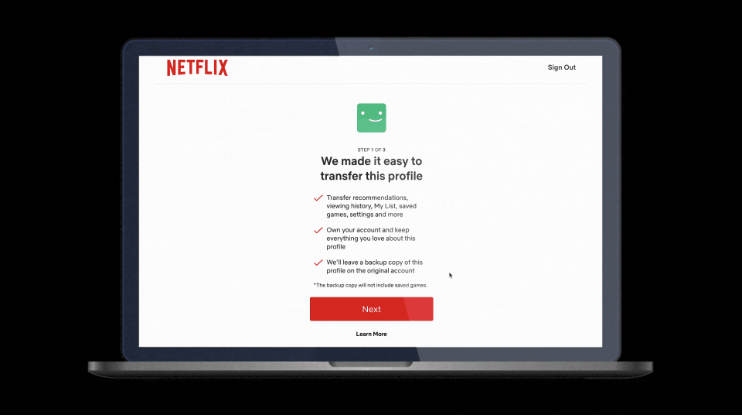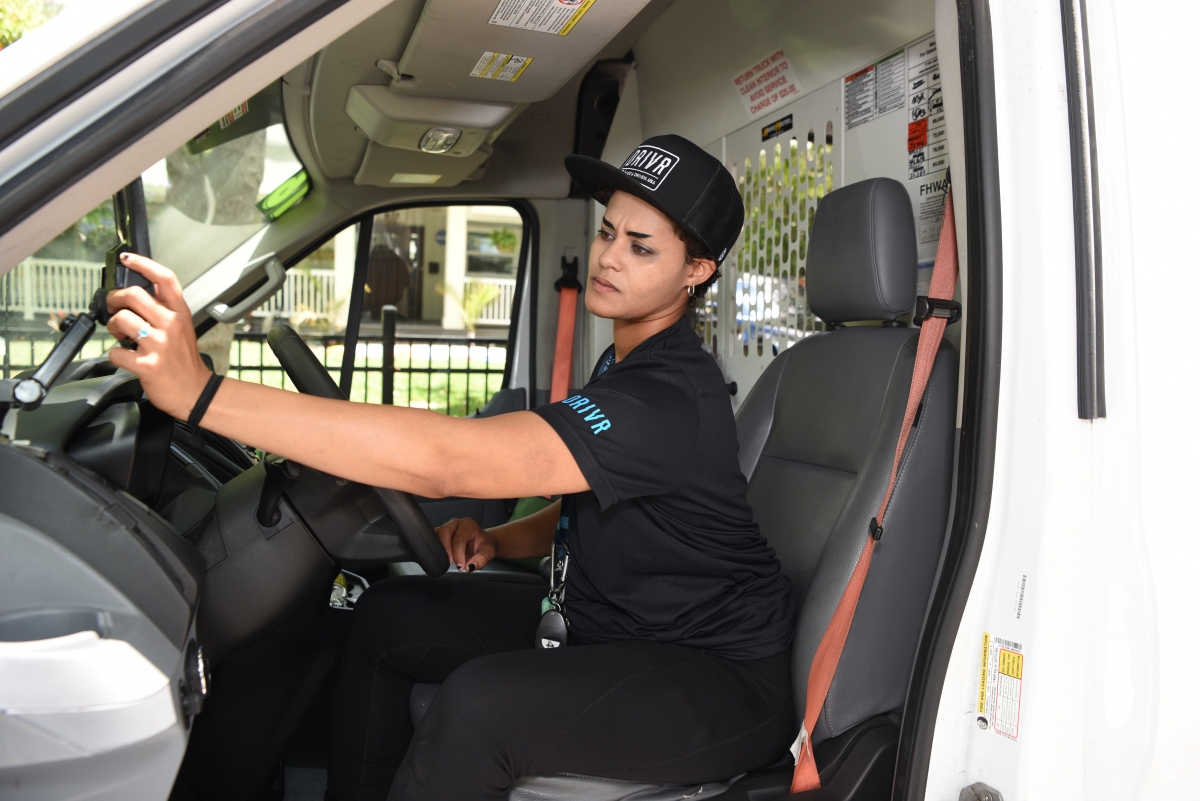Tipping in the U.S. is a critical part of how the wheels turn in the service economy. One service area that’s been very overlooked, however, is the world of last-mile delivery — a service job that falls between the cracks when it comes to tipping because those who deliver products typically don’t work for the company that is selling you the product, leaving the responsibility and incentive for tipping up in the air. Now a new startup called Drivr is launching to try to close that gap. Drivr is a crowdsourced tipping platform that uses data science to map drivers to neighborhoods, and then creates tipping pools to collect monthly contributions from residents in those neighborhoods, with the sum then divided up among drivers serving those areas proportionately based on how many deliveries they’ve made there. Drivr has built apps for the two sides of its marketplace: residents to tip money, and drives to sign up and collect those tips, and it’s launching first in the city of Santa Cruz, CA, before looking to expand elsewhere in the U.S. Drivr’s arrival (ho ho) comes as several other startups are also thinking about tipping and how to build a business out of it. They include Tiphaus from Seattle; Tipjar in the UK (which has raised around $4 million from angels and crowdfunding); 7shifts (which covers a wider range of services and has raised more than $130 million); EasyTip; and TipPot. Patreon, now valued at over $4 billion, is also honing in on the idea of customers voluntarily paying producers as part of the remuneration equation. Patreon’s focus is on creatives, but coincidentally also has a membership concept to it similar to Drivrs with its monthly contribution element. Building a platform for collecting and distributing tips to last-mile delivery drivers is a long time coming, given how tipping has already become so commonplace in other service areas, including in the tech economy. In the world of on-demand mobility services dominated by the likes of Uber and Lyft, tipping has already come and gone as a thorny issue. Initially the leading company in the space, Uber, was reluctant to create a space for tipping, arguing that the price they were charging, and the payouts to drivers, already took tipping into account (it also conveniently helped reduce friction for paying for a service that was already potentially dancing on the edges of reasonable-meets-affordable for the majority of consumers). Drivers and customers took issue with that, since the lack of transparency felt a little exploitative rather than fair. Eventually in 2017 Uber caved in and created an option for tips. But that was not without problems: user behavior initially seemed inclined to leave tips out. The challenges are even bigger for last-mile delivery drivers, who have a lot of pressure to deliver, so to speak. A daily route often will include between 250 and 300 packages with a pay range of between $16 and $22 per hour of work. The number of packages per day — but not the pay rate — hikes up to 400 during holiday sales and made up sales holidays like Prime Day. Apart from the complexities of Amazon managing tipping for drivers it doesn’t employ, there is another disincentive: membership services like Prime have intentionally lowered the barrier to buying by including shipping charges — meaning somehow building in a tipping option would defeat the point of that as far as Amazon is concerned. Drivr the concept is still in its early stages, and so is the startup, which to begin with is being primarily self-funded by $1 million from the co-founders Sol Lipman and Jacob Knobel themselves. The pair have worked together for years, building a number of startups together, some of which got acquired by Aol and Yahoo — which are now the same company, Yahoo Inc., which also owns ZebethMedia. (To be clear, that is not how I came into contact with the startup). Most recently, the pair worked together at Amazon on Ring, among other things, after Amazon acquired a startup called Owlcam where both had senior roles. It was at Amazon, Lipman told me, that he started to thinking about the role that last-mile delivery drivers play in the e-commerce ecosystem. In short, drivers have it bad. On one hand, they are central both to the customer experience and more practically the completion of each transaction by way of delivering the product into the buyer’s hands. But on the other, drivers also work at arm’s length from the businesses themselves, since both Amazon and major delivery partners like FedEx do not on the whole directly employ all their last-mile carriers. (Flex and Wholefoods are examples of exceptions where Amazon does, and notably you can tip drivers for these services.) One of the consequences is that drivers typically do not have a facility to take tips. This is where Drivr comes in. Lipman’s theory is that because tipping has become a central part of how people in delivery roles are remunerated, when it’s not possible to do so, it impacts not just those drivers’ take-home pay, but their allegiance to staying at the job. As a result, attrition rates are appalling for delivery drivers. Estimates vary but one report estimated that 15.8% of drivers operating on the dispatch model typically leave their jobs within 30 days, and 35.4% are gone within 90 days. Drivr cites research that claims that only 10% stay for a year. Put simply, the pay for many of them is not worth the effort involved. Initially, Drivr will operate its tips service by way of a pooled model: it uses algorithms and census data to determine “neighborhoods” around which it organizes both residents and the drivers who work in that area, and it will include in that data about where and how much drivers themselves work. “We track their location and time spent in any given neighborhood. We take that data and fairly distribute tips based on that,” said Lipman. Residents









